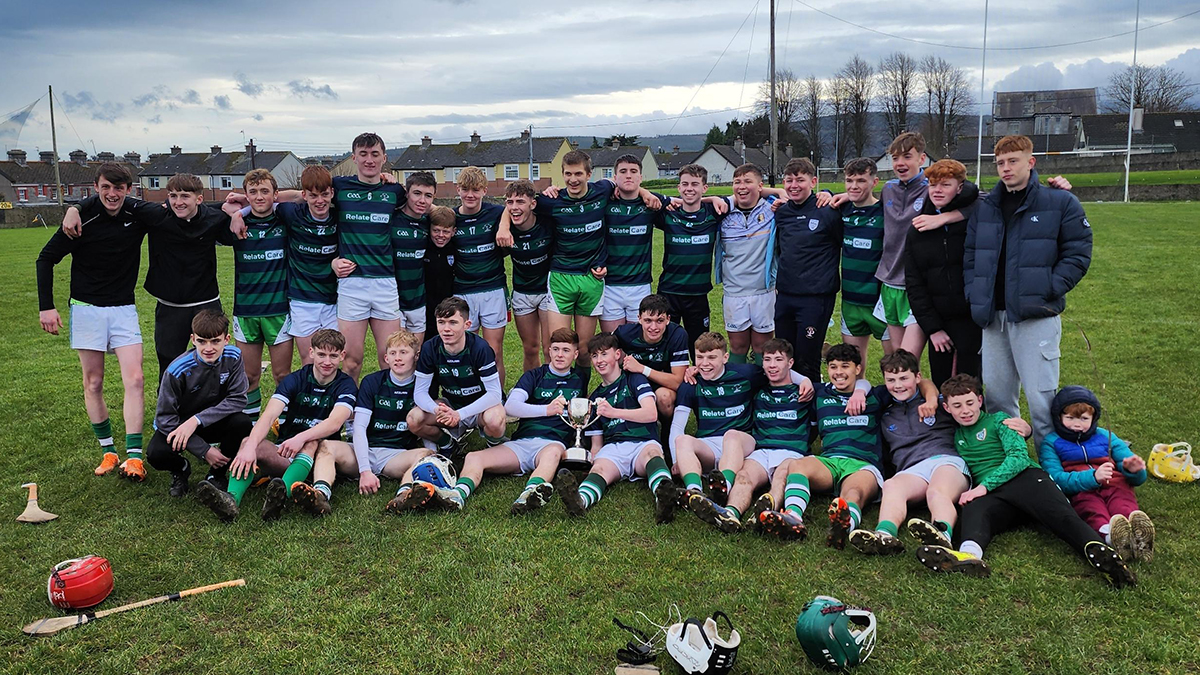The Realities of Pitch Maintenance
The Realities of Pitch Maintenance
Modern pitch maintenance requires much more than cutting and the application of an agricultural compound fertiliser a few times a year. Other factors must be taken into account in order to achieve good results from the playing surface such as:-
– Safety.
– Drainage.
– Compaction.
– Uniform Ball Response.
The application of sand as in Sand Topdressing Programmes is not an end in itself but only one of a number of annual interlinked operations necessary to achieve a good quality playing surface.
All pitches require an annual overhaul to ensure that performance over the following playing season meets the standards demanded. This annual overhaul must rectify the following problems:-
– Ease Compaction built up during heavy use over the last
number of seasons.
– Ensure that divots and depressions which might be responsible
for accidents are eliminated.
– Grass quality is of a standard to give good ball response,
that the grass density is high and the grass types making up the
sward meets the requirements of high volumes of play.
– Nutrient levels are such that slow growth is achieved over as long
a period as possible during the year and more importantly that
flushes of soft grass are avoided and the volumes of cut grass
being removed or left on the surface after cutting is reduced.
I address a number of these operations hereunder.
Compaction
The intense compaction caused by thirty pairs of booted feet continuously pounding on an area of 1.2 – 1.3 hectares, under a wide range of weather conditions, is extremely more intense than anything encountered in agriculture. Easing this compaction is essential to ensure safe playing conditions and to encourage a good grass sward with desirable grass species.
Aeration must be carried out at least annually or more often if possible and carried out with a machine which will cause fracturing of the soils thereby easing the compaction and allowing for enhanced drainage and deeper root growth.
Topdressing
Topdress with good quality sand to enhance the ability of the playing surface to take stress, thus reducing compaction, fills minor depressions and promotes tillering of specific grass types leading to a thicker sward. However it is the combination of aeration and topdressing that gives superior results.
Fertilisers
Applications of fertilisers have historically been confined to Agricultural products whose formulation is designed for maximum dry matter yield such as silage, and cereals, these products are not suitable for playing pitches as they result in excessive soft growth which in turn requires increased cutting and results in a build up of dead plant material at the surface of the pitch. This dead plant material impedes young grasses coming through. The recent availability of pitch specific slow release products at an economical cost has seen enhanced pitch quality and lower maintenance costs.
Other Operations
Maintenance practices which are recommended to be carried out on a 24 – 36 month cycle and bring great benefit to playing surfaces are Scarifying and Overseeding.
Scarification
Scarification is the use of vertical blades to remove dead plant material from the surface of the pitch. This dead plant material builds up when grass is cut and left on the surface and because of the natural process of grasses dying off. The build up of dead plant material known as ‘Thatch’ kills off desirable grasses and encourages weed grasses and bare patches.
Scarification results in the removal of this dead material and aids tillering of desirable grass types which aids sward development.
Overseeding
Overseeding, a practice common in Agriculture is also very important in pitch maintenance.
The grass types on a pitch will alter over time, the percentages of the grasses sown initially will reduce over time and with usage letting native undesirable grasses increase. Overseeding with good quality grass types on a 24 – 36 month cycle, slows down this process and keeps the playing surface in good playing condition. It is necessary when overseeding to stitch seed into the surface to achieve a high percentage of seed take, broadcasting the seed on the surface results in very low take.
To achieve the best results from the overseeding operation seed bed conditions are required which can be achieved by firstly Scarifying the surface, secondly Topdressing the surface, thirdly Aerating the surface and finally Stitch Seeding into the playing surface.
JAMES HEALY.
Turf Grass Consultant & Agronomist










